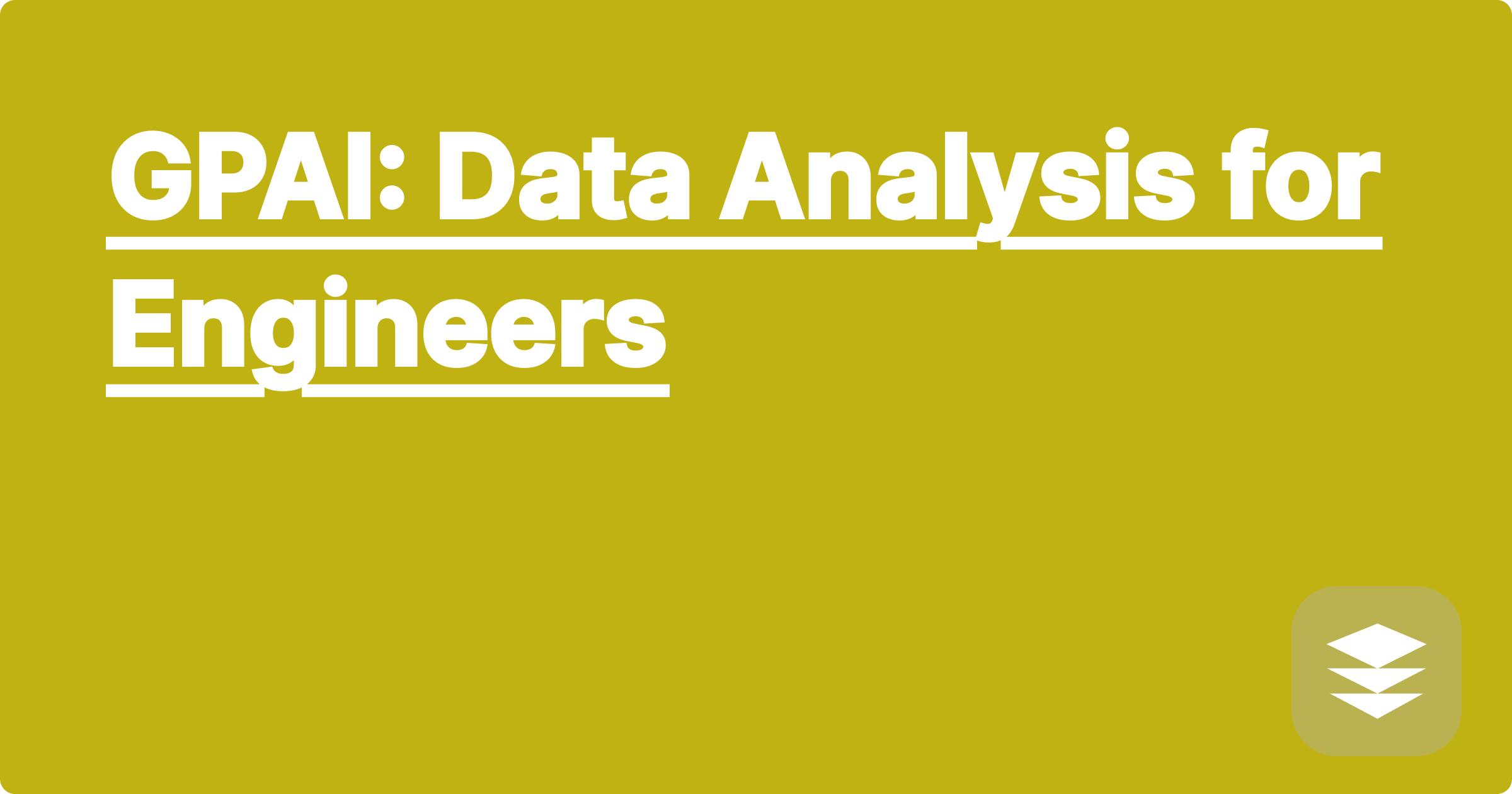
The world of STEM is exhilarating, pushing the boundaries of human knowledge and innovation. However, it's also incredibly demanding, requiring countless hours of studying, complex problem-solving, and extensive data analysis. The sheer volume of information and the intricate nature of the subjects can often feel overwhelming, leaving many students feeling lost and struggling to keep up. This is where the power of Artificial Intelligence (AI) comes in, offering a lifeline to navigate the complexities of STEM education and research. AI can be a game-changer, transforming the learning experience from a strenuous uphill battle into a more manageable and even enjoyable journey.
For STEM students and researchers, time is a precious commodity. Balancing coursework, research projects, and other commitments often leaves little room for deep dives into complex concepts or meticulous data analysis. AI tools offer a solution, providing efficient ways to process information, analyze data, and even generate creative solutions. This blog post explores the potential of AI, focusing on a hypothetical platform called GPAI (Generalized Personal AI for Academics) and other AI tools, to revolutionize how we approach STEM learning and research. We'll delve into practical examples, share actionable strategies, and offer real-world tips to help you harness the power of AI and excel in your STEM endeavors.
STEM fields often involve dealing with vast datasets, complex equations, and intricate simulations. Traditional methods of data analysis can be time-consuming and prone to human error. For example, analyzing experimental results from a physics lab or processing genomic data in biology can involve hours of manual calculations and data entry. Similarly, deriving complex mathematical formulas or writing efficient code for engineering projects can be a daunting task. This is further compounded by the pressure to stay updated with the latest research and advancements in rapidly evolving STEM fields. Keeping up with the sheer volume of publications and staying abreast of new technologies can be a significant challenge. Students often find themselves overwhelmed by the need to synthesize information from multiple sources and apply it to their studies or research. This information overload can lead to decreased efficiency, increased stress, and ultimately, hinder academic progress.
AI tools offer a powerful solution to these challenges. GPAI, our hypothetical platform, is envisioned as a personalized AI learning assistant. It could analyze a student's learning patterns, identify strengths and weaknesses, and create customized study plans. Imagine GPAI suggesting relevant research papers based on your current project, generating practice problems tailored to your specific areas of difficulty, or even providing real-time feedback on your coding assignments. Beyond GPAI, other AI tools like ChatGPT, Claude, and Wolfram Alpha can be invaluable assets. ChatGPT and Claude can be used for brainstorming research ideas, summarizing complex articles, and even generating drafts for reports or presentations. Wolfram Alpha excels at complex calculations, symbolic computations, and providing step-by-step solutions to mathematical problems.
Let's walk through a hypothetical scenario of using GPAI and other AI tools. Imagine you are a mechanical engineering student working on a project involving fluid dynamics. You begin by inputting your project details into GPAI. The platform analyzes the requirements and suggests relevant topics to study, including Navier-Stokes equations and boundary layer theory. GPAI then creates a personalized learning plan, recommending specific online resources, textbooks, and even video lectures. As you progress, GPAI tracks your understanding and generates practice problems tailored to your weak areas. When faced with a particularly challenging derivation, you turn to Wolfram Alpha, which provides a step-by-step solution and helps you visualize the concepts. Finally, when writing your project report, you use ChatGPT to help structure your arguments and ensure clear and concise communication.
Consider a chemical engineering student needing to optimize a chemical reaction. They could use AI-powered data analysis tools to process experimental data, identify key parameters influencing the reaction rate, and even predict optimal reaction conditions. A biology student struggling with complex metabolic pathways could use AI to visualize the interactions and simulate the effects of different enzymes. In computer science, AI-powered coding assistants can help debug code, suggest efficient algorithms, and even generate code snippets for specific tasks. These tools can significantly reduce the time spent on tedious tasks, allowing students to focus on the underlying concepts and develop a deeper understanding of the subject matter.
Integrating AI tools into your workflow requires a strategic approach. Start by identifying your specific needs and challenges. Are you struggling with data analysis, time management, or understanding complex concepts? Once you have identified your pain points, research the available AI tools and choose the ones that best address your needs. Experiment with different tools and find the ones that fit your learning style. Don't be afraid to try new approaches and adapt your strategies as you gain experience. Remember that AI tools are meant to augment your abilities, not replace them. Use them to enhance your understanding and free up your time for more creative and strategic thinking.
To conclude, AI is not just a futuristic concept; it is a powerful tool that is already transforming STEM education and research. By embracing these technologies and integrating them into our learning strategies, we can unlock our full potential and achieve greater success in our academic pursuits. Start exploring the world of AI tools today, and discover how they can help you navigate the complexities of STEM and propel you towards your academic goals. Embrace the change, experiment with different platforms, and discover the personalized learning journey that awaits you. The future of STEM learning is here, and it's powered by AI.